
What you need to know about using oxygen absorbers for food storage
Learn how to properly use oxygen absorbers for food storage, including what is an oxygen absorber, when to not use them, how many ccs and determining shelf life.
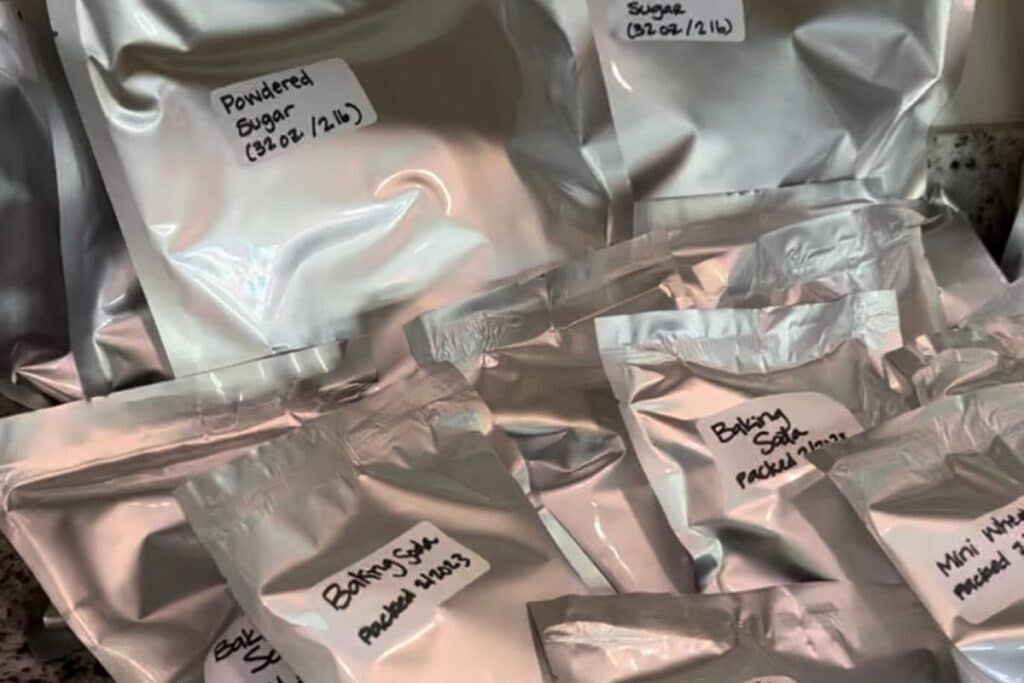
Storing food in mylar bags is one of the best and easiest ways to do it. Let’s not waste any time. In this post I’ll explain why storing dry food in mylar bags works so well, what the process looks like, and the company whose products I love most.
**This post contains affiliate links, which means if you click on a link and make a purchase, I may make a small commission at no extra cost to you.
Quite honestly, storing dry food in mylar bags is such a great way to repackage your food if you’re wanting to extend its shelf life.
Mylar bags are:
You can get the traditional silver bags, or the black ones that are even better at protecting against light.
Now, in full transparency, these are not 100% fail proof. It’s a bag, which means it does have the potential to get punctured. But, if you’re careful and store them right, you should be just fine.
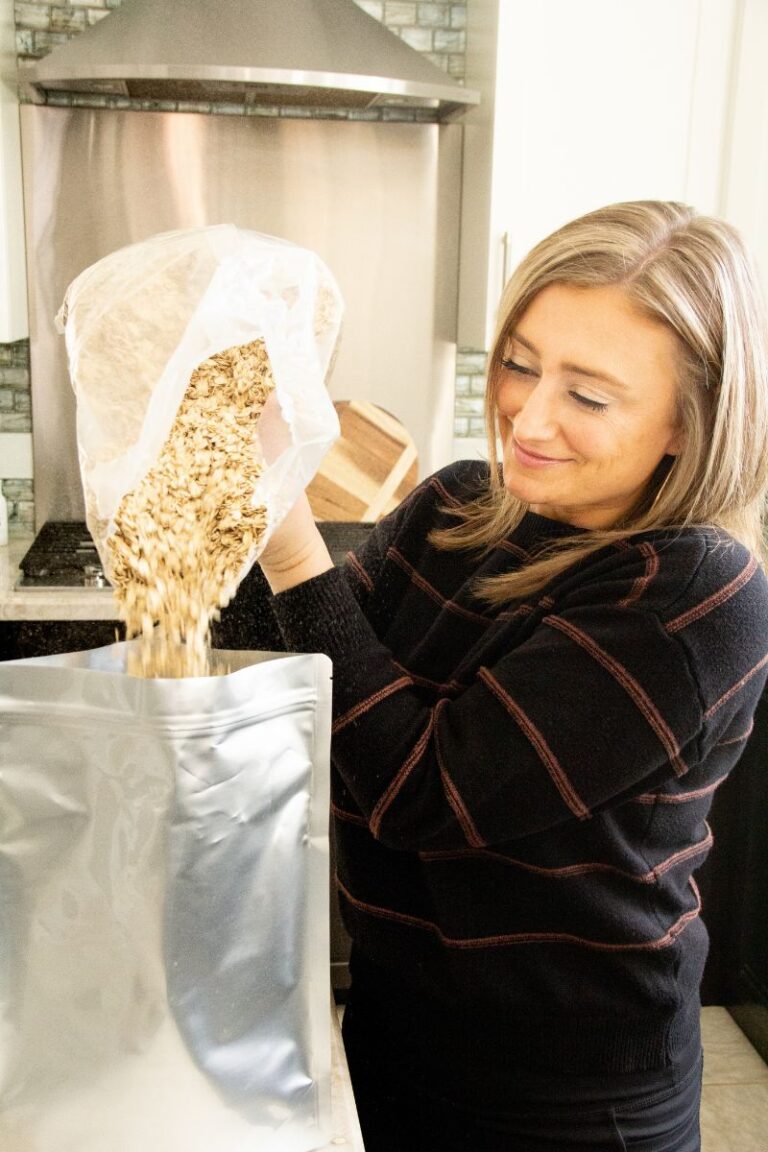

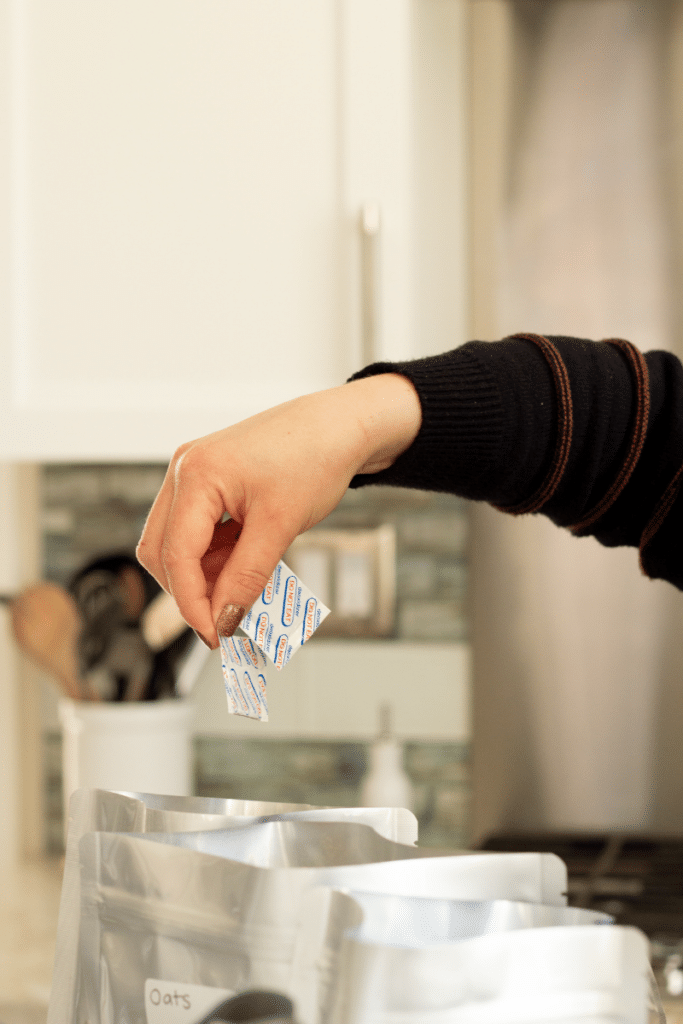
Trust me, this process goes a lot smoother when you take a few minutes to make sure you have all your supplies nearby. It’s also super smart to just go ahead and clear your counter, table or floor space and line up opened bags.
This is why I really love the gusseted bags from Wallaby Goods. You can use code AWESOME5 to get $5 off your order. It’s like a gift bag – just unfold it and use your hand to make sure the bottom is opened and flat. They’ll stand up on their own, which makes this much easier to do if you’re trying to do it by yourself. If you don’t use the gusseted bags, then by all means do yourself a favor and get the bag holders.
You’ll want to fill up each bag pretty much to the top. Once you think you have enough food in each bag, do a test run on closing them up. Most of the bags from Wallaby Goods come with a zipper top, so that makes it easy to try to close. Regardless, make sure you’re leaving enough of a margin to be able to close the bags.
Before you open the package of oxygen absorbers, know how many you’ll need! This is important, because you’ll need to re-seal the unused oxygen absorbers super quick after opening the package, if you’re not using them all. I prefer to put the oxygen absorbers in last; that way they’re exposed for the least amount of time possible. Plus, it’s just easier to batch tasks.
Again, you CAN use a simple flat iron for this, but it will take a couple passes. Same with a clothing iron. I like things to be as easy as possible, so it’s just so much easier to use an impulse sealer. One and done. (I also have found other uses for my impulse sealer, like sealing bags of cotton candy…yes, we have a cotton candy machine, but that’s a topic for another day).
When it comes to choosing the right product, it can be so overwhelming. I mean, just do a basic search on Amazon and you’ll see what I mean. I know you’re thinking…Does it really matter which brand I choose?
I’ll cut right to the chase…YES. So many of the mylar bags out there are flimsy and unreliable. If you want to keep your food fresh (which I’m guessing is the whole point of even reading this post), you need good quality bags.
So, who sells the best mylar bags for food storage? Wallaby Goods! They’re my favorite for so many reasons, but I’ll list a few:
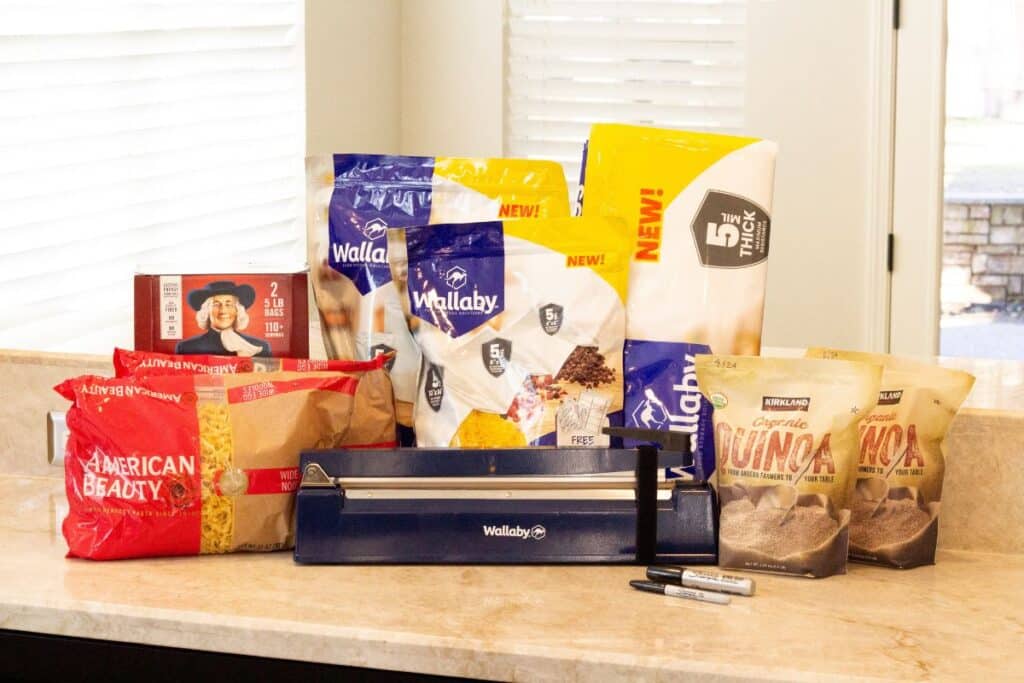
If you use this link and the code AWESOME5, you’ll get $5 off your order.
I think this is one of those things that people get freaked out about at first. But once the basics are explained, they realize it’s not quite as overwhelming as they initially thought it would be.
Remember: prepping everything before you start is going to make this go as smooth as it possibly can.
And if you ever have questions, please reach out to me! I love helping you with emergency preparedness.
Send me an email at: melanie@planforawesome.com
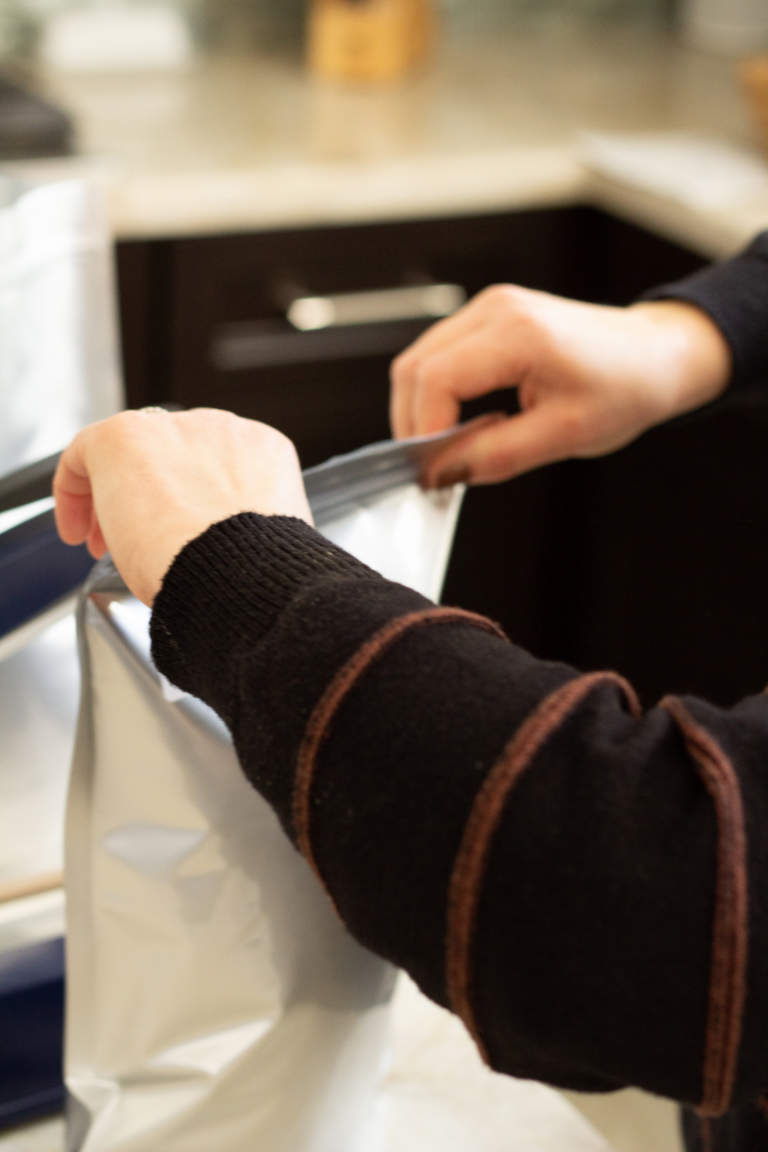

Learn how to properly use oxygen absorbers for food storage, including what is an oxygen absorber, when to not use them, how many ccs and determining shelf life.

There will always be things we don’t think about before we encounter an emergency. But, I’m here to help you think about some of the non-food storage items you might want to keep on hand for the next rainy day.
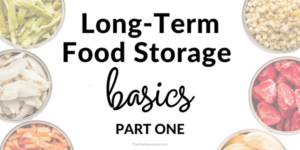
Answers to some of your most asked questions about long-term food storage, including the difference between dehydrated and freeze dried food.
